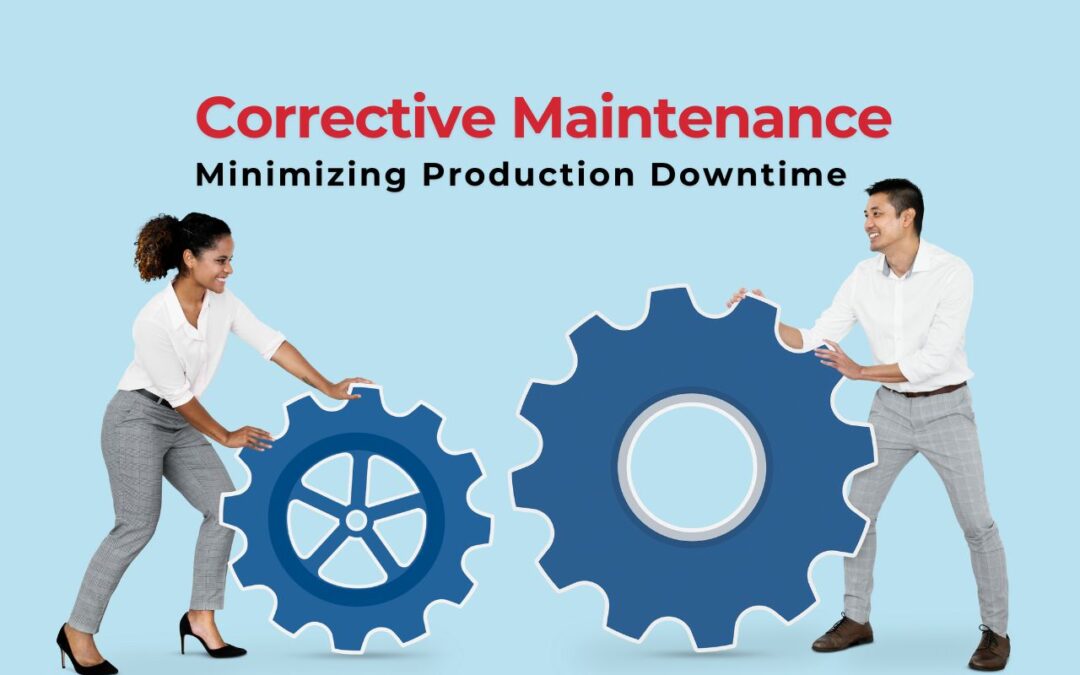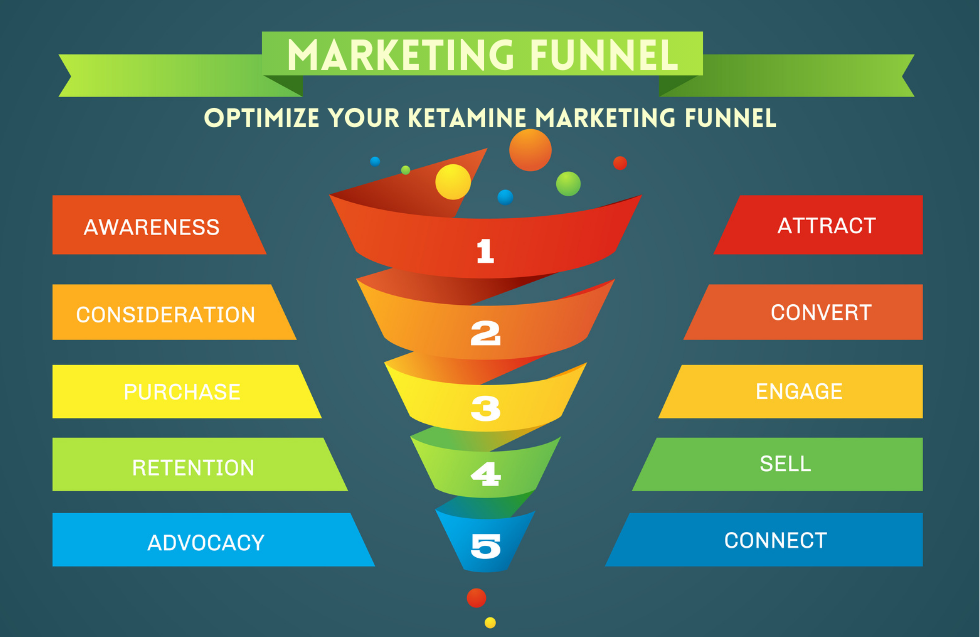In today’s competitive industrial landscape, maximizing equipment uptime is crucial for maintaining productivity and profitability. While preventive and predictive maintenance strategies are widely adopted, corrective maintenance plays a vital role in addressing unforeseen equipment failures that can disrupt operations. When implemented effectively, corrective maintenance can significantly minimize production downtime, ensuring that operations resume swiftly and efficiently.
Understanding Corrective Maintenance
Corrective maintenance involves identifying, isolating, and rectifying faults in equipment to restore it to operational condition. This maintenance strategy is typically reactive, initiated after a failure has occurred. However, it can also be planned, addressing issues identified during inspections before they lead to complete breakdowns.
Corrective maintenance can be categorized into:
- Unplanned Corrective Maintenance: Immediate response to unexpected equipment failures.
- Planned Corrective Maintenance: Scheduled repairs based on identified issues during routine inspections.
The Impact of Downtime on Production
Production downtime refers to periods when manufacturing processes are halted due to equipment failures. This unplanned stoppage can lead to significant financial losses, missed deadlines, and decreased customer satisfaction. Implementing effective corrective maintenance strategies is essential to minimize these disruptions.
Benefits of Corrective Maintenance in Minimizing Downtime
- Rapid Response to Failures: Corrective maintenance enables quick action when unexpected failures occur, reducing the duration of downtime. By promptly addressing issues, operations can resume with minimal delay.
- Cost-Effectiveness: For non-critical equipment, corrective maintenance can be more economical than preventive strategies. Resources are allocated only when necessary, avoiding unnecessary maintenance costs.
- Efficient Resource Allocation: By focusing maintenance efforts on actual failures, organizations can allocate skilled personnel and spare parts more effectively, ensuring that critical issues receive immediate attention.
- Enhanced Equipment Reliability: Analyzing failures during corrective maintenance provides insights into equipment performance. This information can inform future maintenance strategies, improving overall equipment reliability.
- Flexibility: Corrective maintenance allows for adaptability in maintenance operations. Teams can respond to unforeseen issues without being constrained by rigid maintenance schedules.
Best Practices for Effective Corrective Maintenance
- Implementing Monitoring Systems: Utilizing real-time monitoring tools can help detect anomalies early, allowing for quicker corrective actions before failures escalate.
- Training Maintenance Personnel: Regular training ensures that maintenance teams are equipped with the necessary skills to diagnose and repair equipment efficiently.
- Maintaining Spare Parts Inventory: Keeping an organized inventory of critical spare parts ensures that replacements are readily available, reducing repair times.
- Documenting Maintenance Activities: Detailed records of maintenance actions provide valuable data for analyzing recurring issues and improving maintenance strategies.
- Integrating with Preventive Maintenance: Combining corrective maintenance with preventive approaches creates a comprehensive maintenance strategy, reducing the frequency and severity of equipment failures.
Leveraging Technology in Corrective Maintenance
Adopting Computerized Maintenance Management Systems (CMMS) can streamline corrective maintenance processes. These systems facilitate:
- Work Order Management: Efficiently tracking and prioritizing maintenance tasks.
- Inventory Control: Monitoring spare parts availability and usage.
- Data Analysis: Identifying patterns in equipment failures to inform maintenance planning.
By leveraging technology, organizations can enhance the effectiveness of corrective maintenance, leading to reduced downtime and improved operational efficiency.
Conclusion
Corrective maintenance is an essential component of a comprehensive maintenance strategy. When executed effectively, it minimizes production downtime by enabling swift responses to equipment failures. By integrating corrective maintenance with preventive measures and leveraging technology, organizations can enhance equipment reliability, optimize resource allocation, and maintain continuous production operations.













